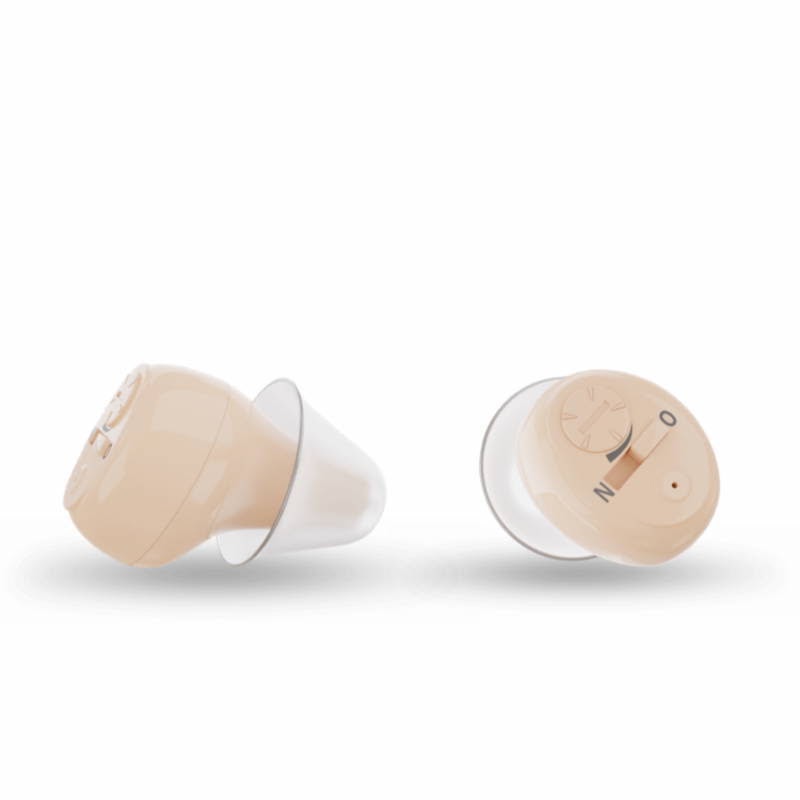The purpose of hearing aids, which are sound-amplifying devices, is to assist those with hearing loss. Design, amplification technology (analog or digital), and features like wireless connection and software applications vary across hearing aids.
Earmolds or earpieces from hearing aids in Adelaide are often included with hearing-aiding devices to improve sound quality and channel sound into the ear. The choice of hearing aids depends on the kind and degree of hearing loss, listening requirements, and lifestyle. So, know about the types of hearing aid and what they do to determine what suits you.
How many kinds of hearing aids are there?
Hearing aids in Adelaide or anywhere come in four primary categories. They vary depending on how much the hearing aid is exterior and within the ear or ear canal.
- Behind-the-ear
With behind-the-ear (BTE) hearing aids, the electronics are housed in a hard plastic case that rests back the ear and is connected by a thin cable to a plastic earmold that fits inside the outer ear.
In the earmold are the speaker and microphone. The speaker in the earmold placed inside the ear receives sound that travels from the microphone to the electronics and back.
People of all ages with minor or severe hearing loss may use BTE hearing aids. However, some individuals may find them to be overly bulky.
- Small BTE
If a person still wants the hearing aid to sit back the ear but does not want their whole ear sealed by a mold, little BTE hearing aids are helpful.
A tiny, thin tube must be inserted into the ear canal to transfer the sound, although the canal is left partly open.
People with earwax accumulation or who dislike the sound of their speech being muffled should use this hearing aid. Earmolds have the potential to cause this.
- In-the-ear
In-the-ear (ITE) hearing aids rest totally inside the ear canal. Inside the outer portion of the ear, there is a little casing containing all the electronics.
People with moderate to severe hearing loss may use ITE hearing aids. However, since the molds need to be replaced as the ear develops, they are inappropriate for young children. As a result, most individuals put off purchasing an ITE device once they finish developing it.
Some ITE hearing aids include a telecoil capability that enables users to connect to a phone or sound system to improve their ability to hear such devices.
- Middle ear prosthesis
Surgery is necessary to implant a middle ear implant (MEI) on one of the tiny bones in the center of the ear.
MEIs move the bones to intensify the sound vibrations instead of amplifying the sound as it travels to the eardrum, making activating the hair cells and perceiving noises simpler.
Conclusion
There are several digital and analog hearing aid versions available. The degree of a person’s hearing loss, aesthetic preferences, and financial situation affect how well their hearing is fitted. Patients may see a doctor from Adelaide Hearing for suggestions and guidance on the appropriate hearing aid for their needs




